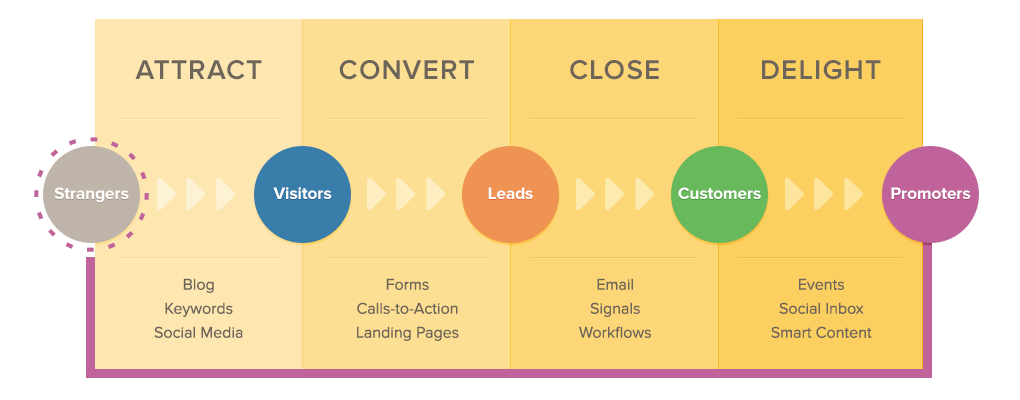After you have the goal of your speech, organizing it for the audience to understand is one of the most important and challenging things to master.
It’s important because it can help make the content of your speech easier to digest. And it’s difficult because the organization of the material is what tells the story and inspires, motivates, persuades, educates or entertains.
The content’s categorization and organization is one of those things that many people tend to build without too much thought but is critical to reinforcing the material of a presentation.

Let’s discuss each one of the ways to organize a presentation, and as we do this, you may find that you don’t stick to just one – and that is okay. It is simply important to select the best organization technique for your speech, or each part of it.
Topical
One of the more popular formats used, organizing a speech by topics is usually the go-to method because it’s easy to do, understand, and doesn’t require too much thought on either the presenter or audiences’ part. It will commonly be used when discussing different aspects, topics or sub-topics of a more extensive category.
They are often organized by ascending or descending importance or vice versa. Â Think of the topic of your speech and how your specific audience might weight their importance. Often times, people simply drop these into categories because they all have perceived equal weight, and this can be okay if you’re simply providing more information. However, if you’re looking to make a speech persuasive as well, it is often recommended to start and end with very strong points that may even require immediate action on the audiences’ part. I like leaving with the most important item because of the power of the recency theory.
Think different types of beer categorized into the two types of brew -“ale” or “lager.”
Here that example taken a step further:
- Ales
- Lambic
- Stout/Porter
- Pale Ale
- German Ale
- Belgian/French Ale
- Lagers
- American Lager
- Pilsner
- German Lager
- European Lager
Time Order
Time order is chronological order, which means arranging the events in the order that they occur.
If I were to tell you the history of Mother Earth and I start at the beginning, I’d most likely say this in time order.
It is common in writing for narratives to do well in this format.
Use the time order framework when describing an event that took place, because that’s usually how we best arrange our thoughts, by explaining the events in the order that they occur. Some great examples of us probably using time order naturally are when we discuss an important break-through we may have had, when talking about a thought-process or series of events that lead to a company’s merge or when describing an event that took place, like getting engaged.
Protip:Â Transitions like the following mark this style of organization:
- “next”
- “and then.”
- “a few hours later”
- “moments later.”
- “that next afternoon”
- “when she turned 28”
Space Order
Space order, also known as spatial order, is in reference to organizing a speech based on where they are located. Â It can be explained from the top down, left to right (how our team usually illustrates the Inbound Methodology) or nearest to farthest.

If you were to describe your clothing to someone in an organized way, you may start at the top and explain each item of clothing, starting with your shirt all the way down to the bottom, your shoes.
This is used when describing what an area looks like to paint a vivid picture in your attendees’ mind. If you were to describe a room or a situation that is currently unfolding across the globe or even the people sitting around a table with you.
Protip: Some popular terms indicating spatial arrangement are the following:
- “Below”
- “Above”
- “Next to”
- “Along side.”
- “To the right of”
Cause and Effect Order
Also referred to as casual order and is commonly used when creating persuasive speeches. Â It’s the organization of a statement from cause to effect or effect to cause.
A popular statement used in the cause and effect method is “one thing leads to another” because it indicates the writer is trying to suggest causation.
Do do this effectively, the speaker should begin with explaining the “cause” in a  general manner and increasingly becoming more specific. Then do the same thing with the “effect.” Discussing what they are and discussing the details of this “cause’ is important because it will set the stage for the upcoming effect.
I found this great example explaining this technique further here. Don’t shy away because it looks old – maybe it is, perhaps it isn’t (no wait, it probably is old) but regardless, the content is excellent.
Compare and Contrast Order
Compare and contrast order is a conventional method used to compare how to items are similar or are different.
This is a great organizational method to call upon when you’re trying to help somebody make an educated decision. Â A few great examples are which college to attend, which job to take or which apartment to move into. In all three of the examples, I’d highlight some of the most important factors that go into the final decision like location, price, size, etc and then compare each of the options in each category.
Which types of organization do you like to use and when? Do you have a favorite go-to for persuasive speeches? How about inspirational or educational? Share your thoughts below.